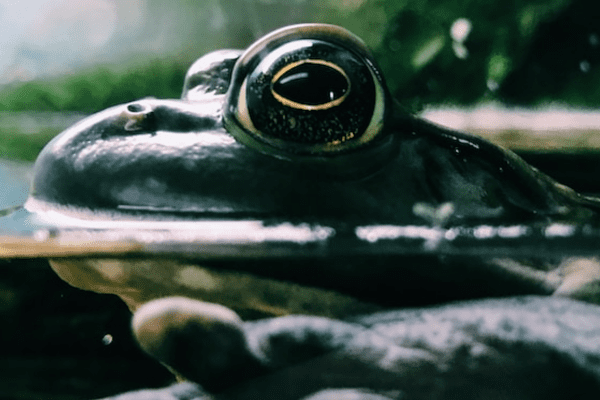As an SEO agency, we’re always looking for ways to improve the way we audit and optimize a website. The Screaming Frog SEO Spider is definitely one of those tools that we use on a daily basis. If you are an SEO master or keen to optimize your own website, you should be using the SEO Spider from Screaming Frog. If you haven’t already done so, you should go and download it now.
It’s okay, we can wait.
In case you’re unfamiliar with the SEO Screaming Frog Spider, it’s a free tool that can crawl nearly any website and spit out untold amounts of data about the site that you can then use to improve the performance of your site. From calculating the pixel width of Meta Titles to telling you how many H1 tags you have on each page, the crawler is packed full of features.
With so much power at your fingertips, it can be overwhelming and daunting to uncover all of its uses. To help you get your bearings, we’ve chosen a few of our favourite features that may not be obvious to the average user.
Canonical Tag For Blog Tags And Categories
When you are looking to minimize the duplicate content issues created by the various categories and tags on your blog, implementing canonical tags will go a long way. Using the Directives tab you can view all of your blog tags and categories and where their canonical points. Then it’s just a matter of adding the canonical link to each of the categories and tags.
No Index, No Follow, No Problem
Can’t figure out why some of your pages aren’t being indexed in the search engines? This could be the reason. Reviewing your pages to see their directive status is set no index will let you quickly determine if it’s an easy fix to get that page indexed. Sometimes you want a page set to no index, no follow; here you can confirm that they are.
View Site’s Page Hierarchy
When conducting a site audit, you want to make sure all of the pages are in their proper hierarchy. Domain.com/services/service-one what you want to avoid is having your subpage out from under its hub page domain.com/service-one. This will help you get your metaphorical ducks in a row, so to speak.
In-depth Image Optimization
Keeping your pages fast is an often overlooked ranking factor and images are an easy (read: non-technical) way to reduce the number of kilobytes to load. With Screaming Frog you can view the list of each and every image on your site, with details their file size and if they have ALT tags.
Uncovering Broken Links
Finding broken links on your website can often be like finding a needle in a haystack. With Screaming Frog you can quickly identify all of the URLs on your site returning a 404 error message. As an added bonus you can also see any URLs that are returning 5XX server errors, keeping your website profile clean and getting users to the information they’re looking for.
This is by no means an exhaustive list, as there is a seemingly endless number of ways to extrapolate the data, but you can certainly get a sense of its potential. Whether you are brand new to the world of search engine optimization or you’ve been doing it for years, the Screaming Frog SEO Spider will help you hone your expertise. Dive in and explore all of the incredibly useful data that Screaming Frog makes available to you.




